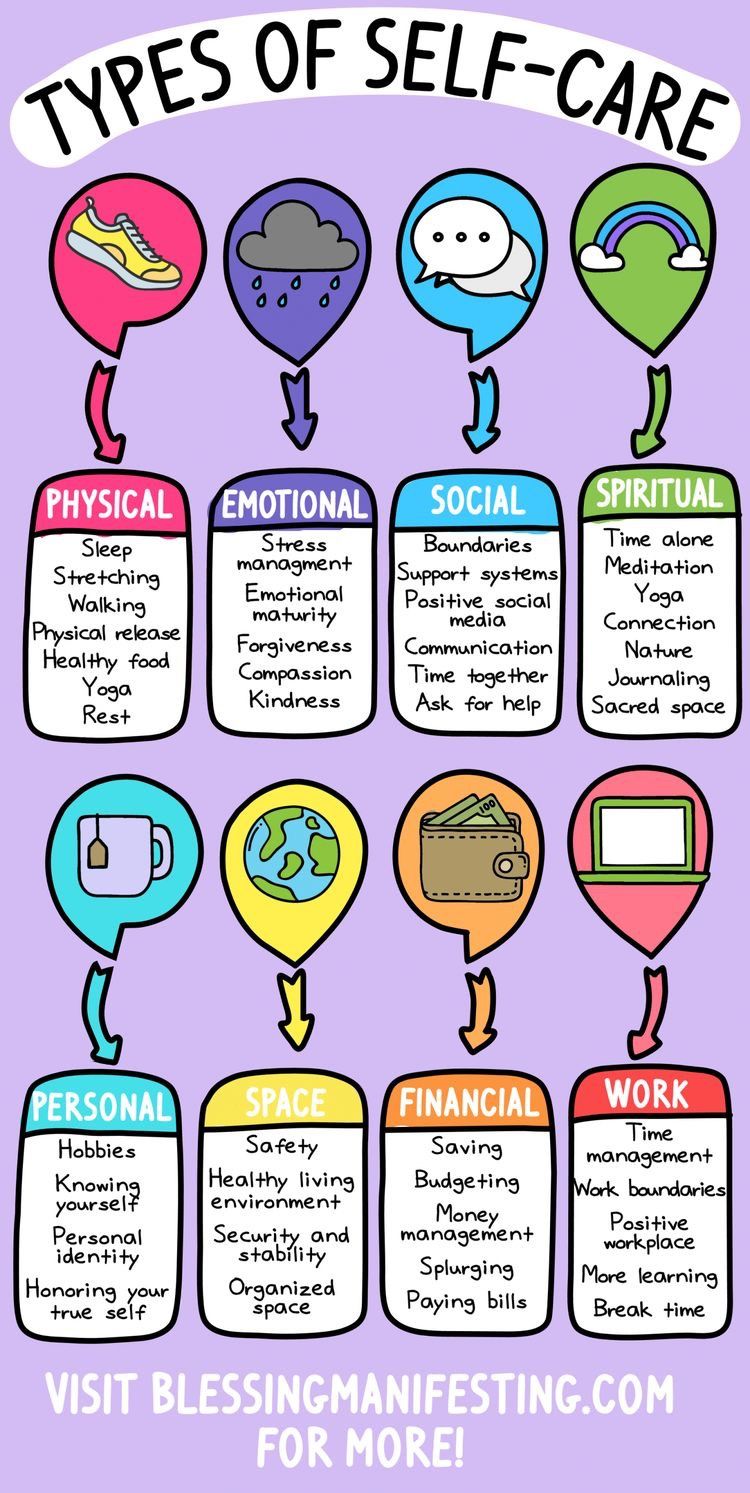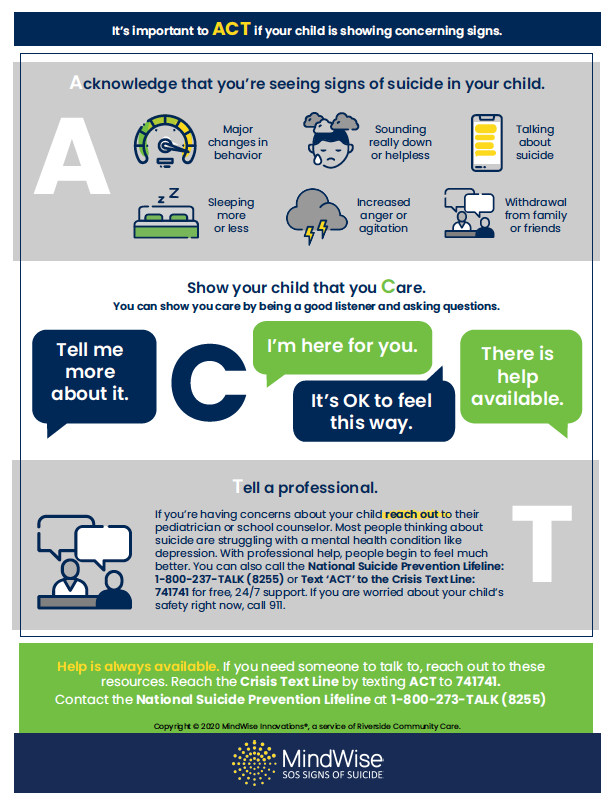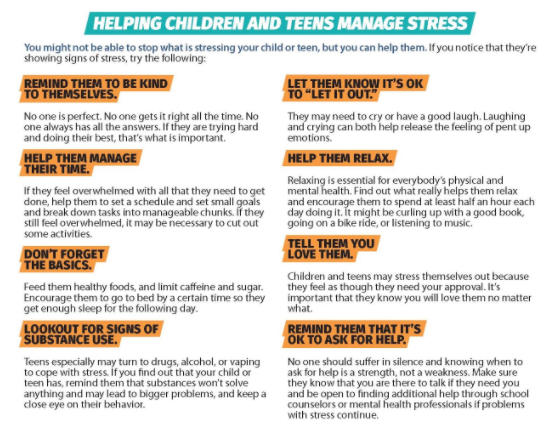REsources for Parents
Mental health begins at homeQuestion: What protective factors may shield my child from developing a mental illness?
Many conditions or characteristics can contribute to the development of RESILIENCY for students of all ages. These factors are often referred to as protective factors. Some of the most powerful protective factors include strong family and social support systems for youth. The following are additional protective factors that can decrease the development of mental health challenges for many children and youth:
|
how do i know if my child is struggling?
Practitioners use both behavioral and emotional signs and symptoms to determine a child's diagnosis. Warning signs that you child might be experiencing a mental health condition include:
- Difficulty concentrating - includes signs of trouble sitting still and focusing on a given task leading to lower performance in school.
- Intense feeling - includes feelings of worry and fear intense enough to interfere with daily activities.
- Behavior changes - includes drastic changes in behavior and personality, increased violence and fighting, as well as dangerous and risky behaviors.
- Mood disorders - includes feeling of sadness or withdrawal that last at least two weeks. May include severe mood swings that cause problems in relationships at home or school.
- Unexplained weight change - includes binge eating, sudden loss of appetite, frequent vomiting or use of laxative, and extreme exercising indicating a possible eating disorder.
- Self-harm or self-injury - includes the act of deliberately harming one's own body (i.e. cutting, burning, scratching) and may include thoughts of suicide or attempted suicide.
- Substance abuse - includes a variety of unhealthy behaviors related to the use of alcohol, tobacco, and drugs (including prescription drugs).
Talking about suicideMYTH #1: Talking about suicide or asking someone if they are suicidal will encourage suicide attempts.
FACT: Talking about suicide opens the door for communication and lets the other person know you are safe to talk to about this. MYTH #2: People who threaten suicide are just seeking attention. FACT: You should always take suicidal talk seriously. It is likely that this person is suffering, and that they need the attention for someone to see their pain and get help. MYTH #3: Once a person is intent on suicide, there is no way of stopping them. FACT: Suicide can be prevented; people can be helped. Immediate help during a suicidal crisis can help the person move past that dark moment. After that, some longer-term counseling is likely needed. For more myths and facts on youth suicide, click here. |
How can I get help for my Child?
Emergency situation
- In an emergency, call 911 or go to the nearest hospital.
- Call the suicide prevention lifeline at 1-(800)-273-8255, or see this page for information on other crisis lines.
- Contact your student's school counselor (call 801-610-8161, or see here for our email addresses)
- Contact the school social worker (Angela Baker, [email protected])
- Consult your insurance provider. Most have a website with a "Provider Search" that will allow you to see which local mental health counseling options would be covered by your insurance.
- See a list of resources by location with the Hope4Utah website.
- Reach out to the BYU Comprehensive Clinic for a low-cost therapy session (801-422-7759).
- Talk to the school social worker for additional assistance in finding a provider.



